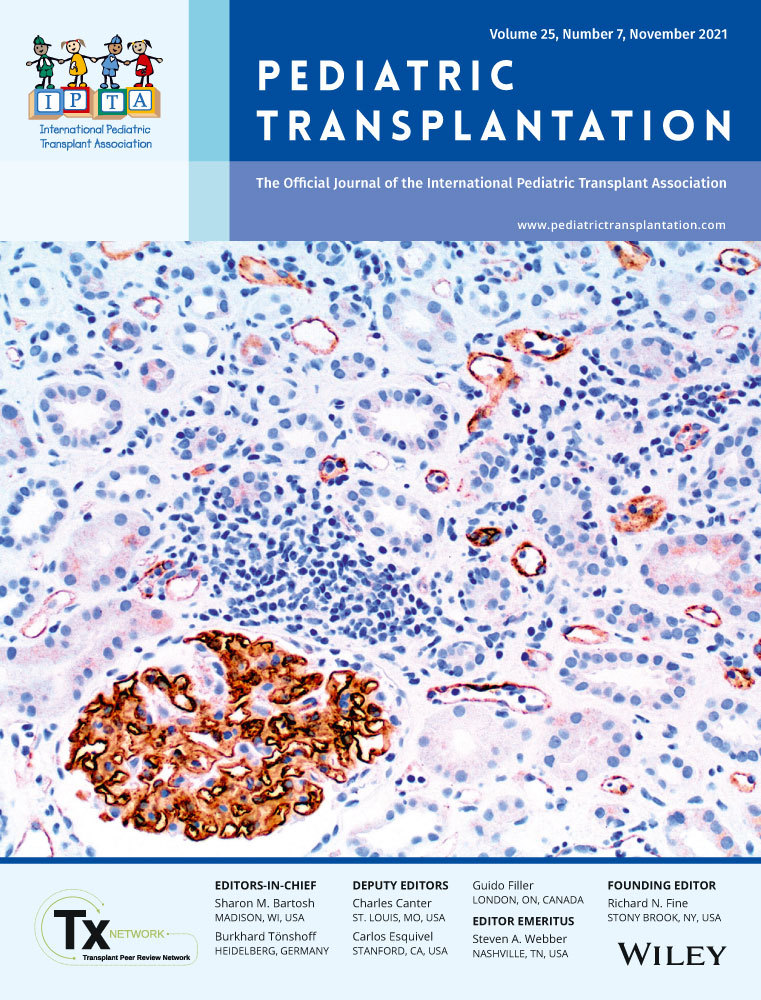A shifting landscape: Practice patterns and outcomes of cystic fibrosis and non-cystic fibrosis pediatric lung transplantation
Abstract
Background
New drugs may further decrease the need for lung transplant (LTx) in pediatric patients with cystic fibrosis (CF), but few studies highlight pediatric non-CF LTx characteristics and outcomes.
Methods
The ISHLT registry was used to report morbidity, graft failure, and survival for primary pediatric (<18 years) LTx performed 1990–2017. Recipient/donor characteristics and long-term outcomes were analyzed for CF and non-CF recipients. Survival was assessed using Kaplan–Meier curves.
Results
Of 2232 primary LTx, (43% in males), 918 (41%) were performed for non-CF indications; most commonly pulmonary hypertension (43%). Non-CF patients were younger (median age 11 vs. 15, p < .001), and more frequently on inotropes and/or extracorporeal membrane oxygenation (15% vs. 2.4%, p < .001) at transplant, compared to CF recipients. In-hospital major complications more commonly affected CF LTx recipients (57% vs. 48%, p = .003), but 30-day mortality was higher in the non-CF group (9% non-CF vs. 5% CF, p < .001). One-, five-, and ten-year mortality was 18%, 50%, and 65% for CF recipients, respectively, and 21%, 45%, and 58% for non-CF recipients (p = .01 at 10 years). Five-year survival was significantly better for non-CF females versus CF females (56% vs. 48%, p = .013), but was similar between groups for males (55% vs. 54%, p = .305). While age was a late outcomes risk factor, pulmonary hypertension and later transplants eras were protective.
Conclusions
Early mortality is higher and late mortality is lower in non-CF LTx. Current non-CF LTx outcomes leave room for improvement. Further study is needed to evaluate the effects of center volume and pediatric-specific experience on outcomes.
Open Research
DATA AVAILABILITY STATEMENT
The data that support the findings of this study are available from The International Society for Heart and Lung Transplantation International Thoracic Organ Transplant Registry (ISHLT). Restrictions apply to the availability of these data, which were used under license for this study. Data are available from the authors with the permission of the ISHLT.




